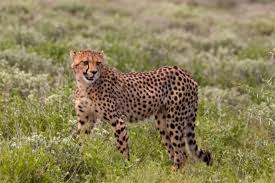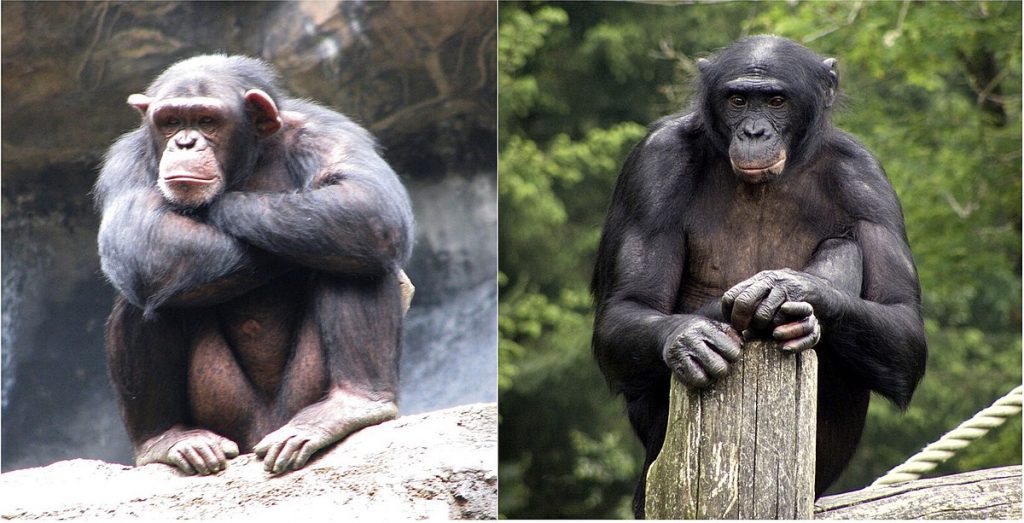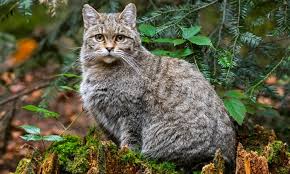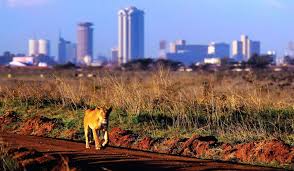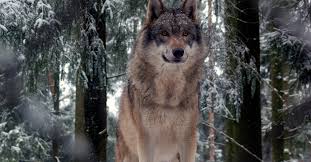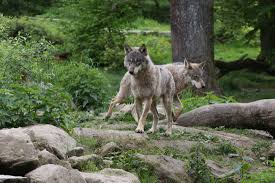In South Africa, as much of the cheetah population as much of the cheetah population live either outside protected land or in reserves that are small, with space for only a few individuals. Cheetah, being small, cannot defend their kills from Leopards Lions and Hyena, as well as loosing many of their young to these bigger predators.
